Industry information
Company News
- Fluorocarbon aluminum veneer: the new darling of architectural beauty
- Aluminum veneer customization, creating a new trend of personalized space!
- Ancient charm and modern style, carved aluminum veneer takes you through time and space
- Punched aluminum veneer: a fashion pioneer in the aluminum industry
- Punched aluminum veneer: a fashionable element in modern architecture
Industry dynamics
- Fluorocarbon aluminum veneer: a shining pearl of modern architecture
- Market Trends and Forecast of Aluminum Veneer
- The punching art of aluminum veneer: a perfect combination of fashion and practicality
- Innovative design of aluminum ceiling solution
- Punched aluminum veneer reveals the aesthetic secrets of modern architecture!
Frequently asked questions
- How to design customized aluminum veneer?
- How to use and maintain aluminum veneer reasonably?
- How to determine the quantity and size of customized aluminum veneer?
- How to store and transport aluminum veneer?
- How to solve the environmental problems in the production process of aluminum veneer?
contact us
Mobile:+86 15627778610
Email: 2201229786
Address: No. 5 Binjiang Road, High tech Zone, Zhaoqing City, Guangdong Province
How can aluminum veneer meet the requirements of modern architecture for lighting and shading?
- Author: Lesilong Technology (Guangdong) Co., Ltd
- Release time: February 25, 2025 11:47:57
- Click:0

Modern architecture has increasingly high requirements for lighting and shadingAluminum veneerAs a new type of building material, it also needs to have good lighting and shading performance to meet this requirement. This article will provide a detailed introduction from multiple perspectives on how aluminum veneer meets the requirements of modern architecture for lighting and shading, as well as related technical measures.
1、 Material selection
The material selection of aluminum veneer is one of the important factors to ensure its lighting and shading performance. Generally speaking, high-quality aluminum with good transparency and reflectivity should be selected as the raw material for aluminum veneer, and appropriate surface treatment processes such as anodizing should be adopted to improve its corrosion resistance and wear resistance. Aluminum veneers of different thicknesses and shapes can also be selected according to specific needs to meet different building requirements.
2、 Structural Design
The structural design of aluminum veneer is also an important factor in ensuring its lighting and shading performance. Generally speaking, the structure of aluminum veneer should have high transparency and reflectivity to increase indoor lighting and reduce indoor temperature. It is also necessary to install sound insulation or thermal insulation layers between the aluminum panels to reduce heat loss caused by air circulation.
3、 Surface treatment process
The surface treatment process of aluminum veneer is also an important factor affecting its lighting and shading performance. Generally speaking, using transparent or semi transparent surface treatment processes can increase indoor lighting and reduce indoor temperature, while also improving the decorative effect and service life of aluminum veneer. During the surface treatment process, attention should be paid to issues such as transparency and reflectivity, and surface treatment materials and processes that meet national environmental standards should be selected.
4、 Sunshade facilities
In high-rise buildings, in order to meet the shading requirements of the building, specialized shading facilities need to be installed. These facilities can be installed through windows, curtain walls, and other means to achieve the purpose of regulating indoor temperature and lighting. New energy technologies such as solar panels can also be used to achieve self-sufficiency in buildings.
Aluminum veneer can meet the requirements of modern architecture for lighting and shading through various means such as material selection, structural design, surface treatment processes, and shading facilities. Only by fully considering these factors and taking corresponding measures for optimization and control, can the advantages of aluminum veneer be fully utilized to provide safer, more aesthetically pleasing, and environmentally friendly solutions for buildings.

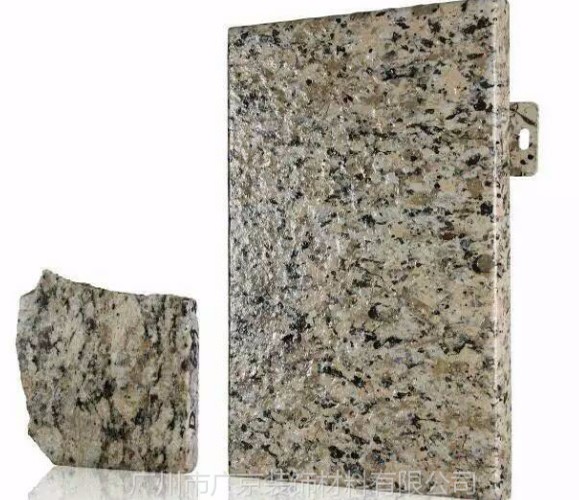
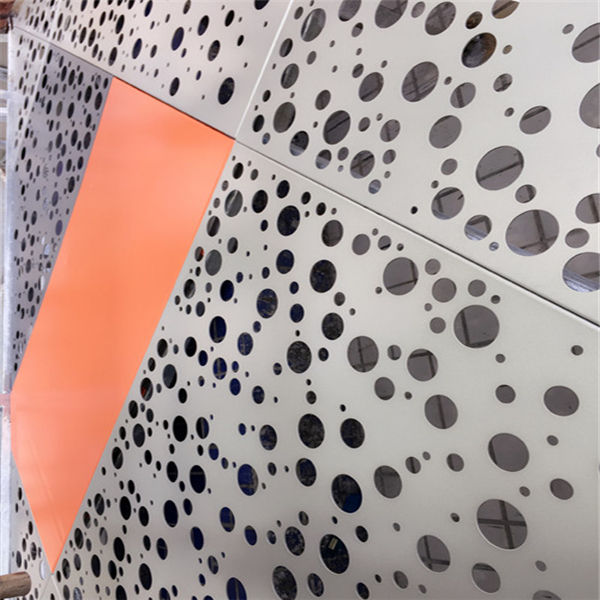
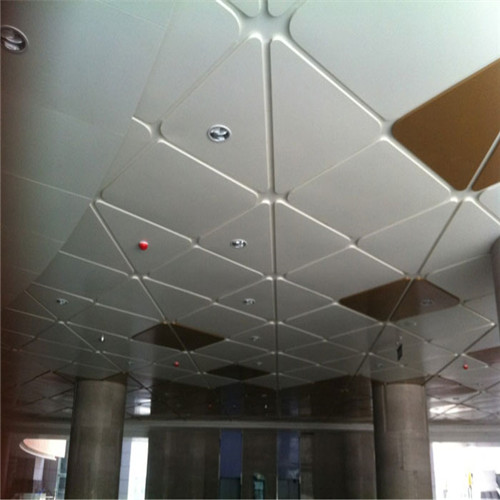
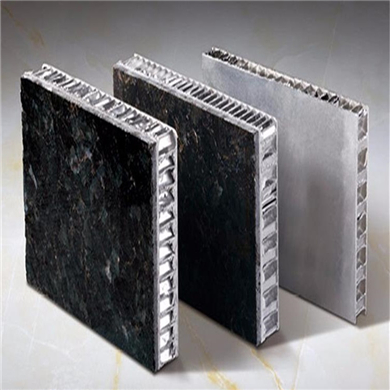
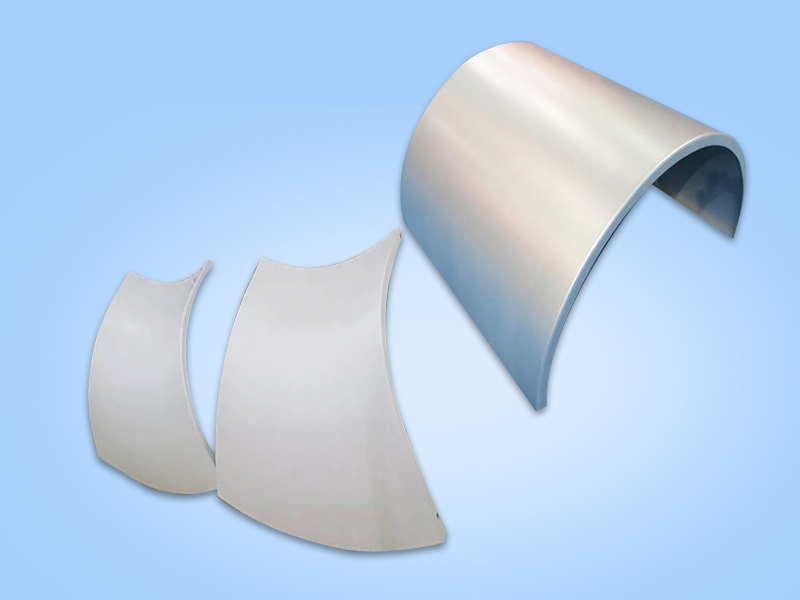

 Customer service QQ
Customer service QQ